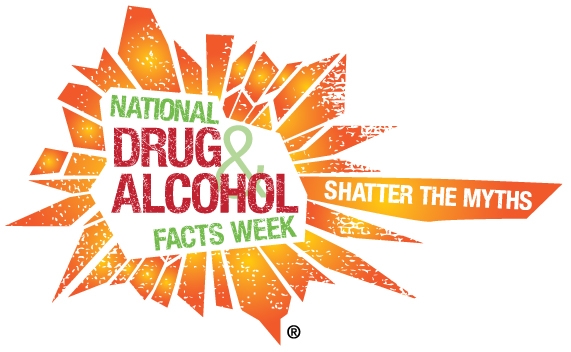Recent research tells us that how youth and young adults perceive harm from drugs and alcohol is often wrong. SAMHSA’s National Survey on Drug Use and Health (NSDUH) from 2020 shows that 57 percent of youth ages 12 to 17 did not think there was great harm in having five or more drinks once or twice a week. Even more concerning is that as many as 62.6 percent of those in that age group did not think it was very harmful to smoke marijuana once or twice a week.

In an evolving public health landscape, it is critical that we prioritize data-informed prevention strategies when responding to the misuse of drugs and alcohol. We can draw inspiration from prevention professionals, community-based organizations, and others across the country who, with the support of SAMHSA and other federal agencies, use creative, evidenced-based strategies to put prevention first.
From rural Montana to college campuses in Florida, the success stories from SAMHSA’s Communities Talk to Prevent Underage Drinking initiative offer compelling examples of drug and alcohol misuse prevention at work. These communities and many others across the United States. used their ingenuity to push prevention work forward, even when COVID-19 made gathering in person impossible.
This month (March 21-27), the National Institute on Drug Abuse’s (NIDA) National Drugs and Alcohol Facts Week (NDAFW) offers another opportunity to advance community-based prevention initiatives.
NDAFW helps inspire dialogue about the science of alcohol and other drug use—how it affects the brain and body, and how it may lead to addiction among youth. By communicating the long-term, harmful effects on the brain from using alcohol and drugs, NIDA educates teens on the importance of prevention.
NDAFW was created to improve the prevention and awareness of substance misuse in communities and nationwide by connecting everyone, from scientists, students, and educators to health care providers and community partners.
Here are a few ways you can make prevention a priority this March:
1. Promote National Drugs and Alcohol Facts Week as a prevention tool for practitioners, communities, and families to move beyond conversation and inspire action.
2. Share the facts on substance misuse and connect people you know socially and professionally to evidence-based resources, such as:
- SAMHSA’s “Talk. They Hear You.” campaign, including its new mobile app, which helps parents and caregivers start conversations about substance misuse prevention.
- The Underage Drinking: Myths vs. Facts and the Tips for Teens series, designed to communicate the facts and consequences of substance use to youth.
- NIDA for Teen’s Drug Facts, the trusted source for science-based information on teen drug use and its effects.
Thank you for your continued support in preventing substance misuse and its harmful effects. With your dedication and efforts, our prevention work can literally save lives.
This article was originally published on March 14th, 2022 and can be found here.
CAPT Jeffrey A. Coady, PsyD, ABPP, is Acting Director of SAMHSA’s Center for Substance Abuse Prevention and SAMHSA Region 5 Administrator.



